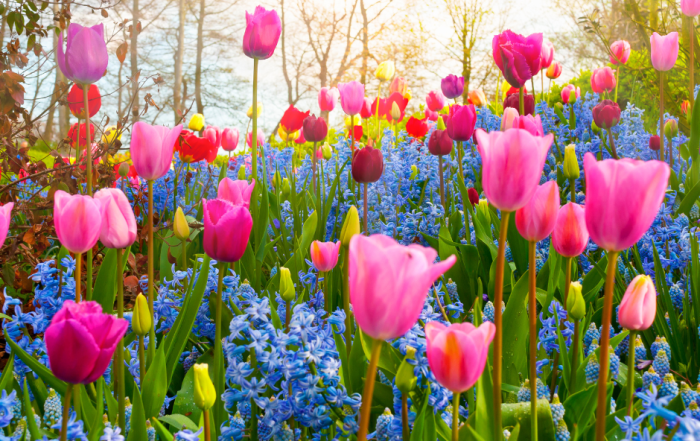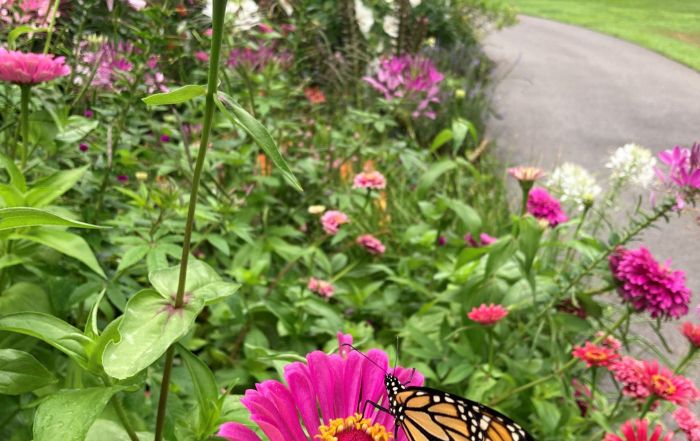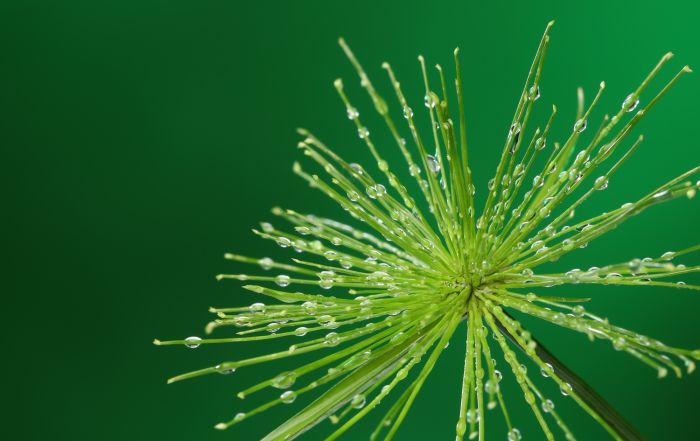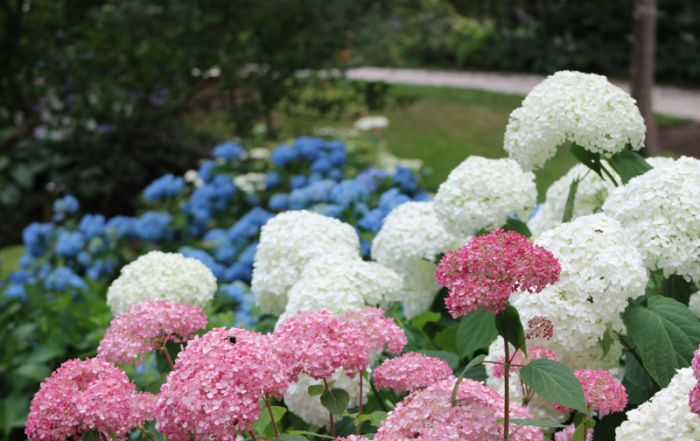The biggest bloom of June
Tree peonies are the aristocrats of the garden. I’ve always felt that they’re the pinnacle of gardening and the plant that many gardeners try to grow, and many ultimately fail. For those that don’t know tree peonies, they’re worthy of attention. For those that know of them, well, you know what I’m talking about.
Natives to Asia, these plants are similar in flower to herbaceous peonies, in that they have multi-lobed leaves that drop in the fall (in the case of herbaceous plants, they need to be cut back) and are a deep, rich green color. There are two main differences between herbaceous and tree peonies are that tree peonies produce, albeit slowly, a woody stem and they have huge, usually single (not double) flowers.
⭐ TIP
Tree peonies are woody-stemmed plants that grow to 3-7’ in height and spread and produce, depending on the cultivar, flowers that are ‘dinner plate’ in size. They’re slow growers, typically growing only 1-4” in a year and can live for ‘centuries’, according to several growers. They’re hardy to zone 4, typically and can easily survive the winters on the Cape. They prefer full-sun but can tolerate partial shade.
But, having said that, and having grown these stately plants, I can say they are slow to get started and can be challenging without the proper sun. They really need full-sun in our latitude, although farther south they prefer dappled shade in the afternoon. They don’t really like our acidic soils so you may need to adjust the pH with some lime, ideally to between pH 7 and 8. Definitely don’t plant them under trees, especially maples as they (the peonies) don’t like root competition. Tree peonies also have relatively high needs for iron and phosphorus. An annual feeding with iron sulphate and bone meal helps as does regular feeding with something like 5-10-5. They can be susceptible to fungal diseases, as can herbaceous peonies.
They can be planted in the spring or in the fall but if planting now, ensure they get adequate water through the summer. Expect them to take several years to get established, even up to three years to flower. Tree peonies are slow to establish but are exceptionally long-lived and can easily live to 100 years, or more.
Care is not really any different than herbaceous peonies. They like well-drained soils, full-sun to part shade, and well-drained soils but adequate water to survive our sandy soils. Unlike herbaceous peonies, tree peonies should NEVER be pruned back in the fall, or any other time of the year. Because of the very slow growth rate, you could do major damage to the plant by pruning.
Recent garden news and events
Spring Garden Planning
Garden Planning By: Les Lutz, Director of Horticulture March is such a hopeful month. There are signs all through the garden that winter is slowly losing its grip on the landscape and spring is [...]
Monarch Butterflies
Monarch Butterflies Monarch Butterflies Need Our Help! Tips on how to support these iconic creatures By: Iris Clearwater, Senior Gardener When I was a child learning how to draw or color a [...]
Helping Your Garden Through a Drought
Helping Your Garden Through a Drought By: Les Lutz, Director of Horticulture The drought we are in is serious. The State of Massachusetts has declared the Cape to be in a Level [...]
Where Have All the Flowers Gone?
As New Englanders, we are well-versed in the constant change of the seasons. Living in this part of the planet, we are treated to a wide range of weather, and we have [...]












